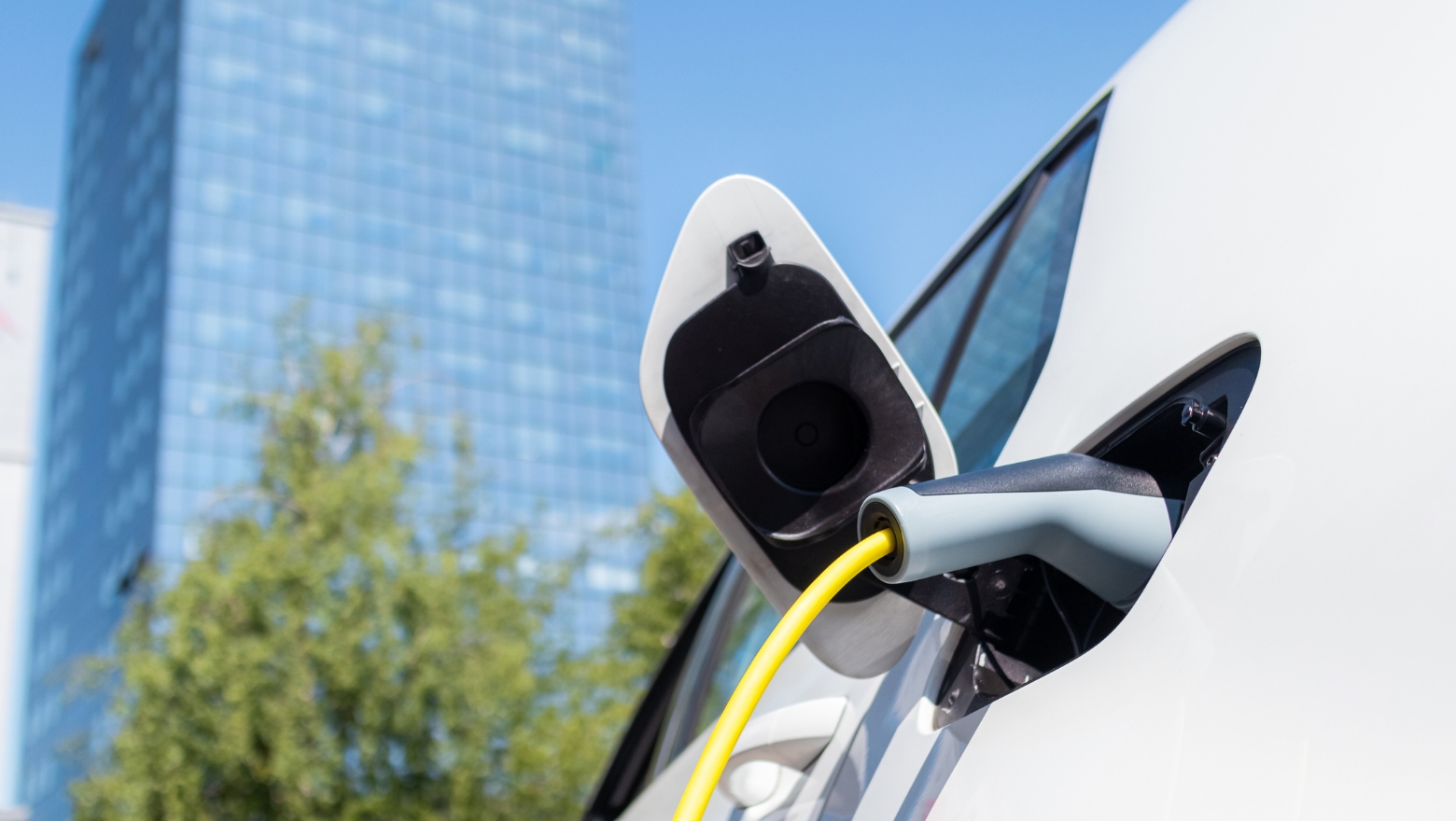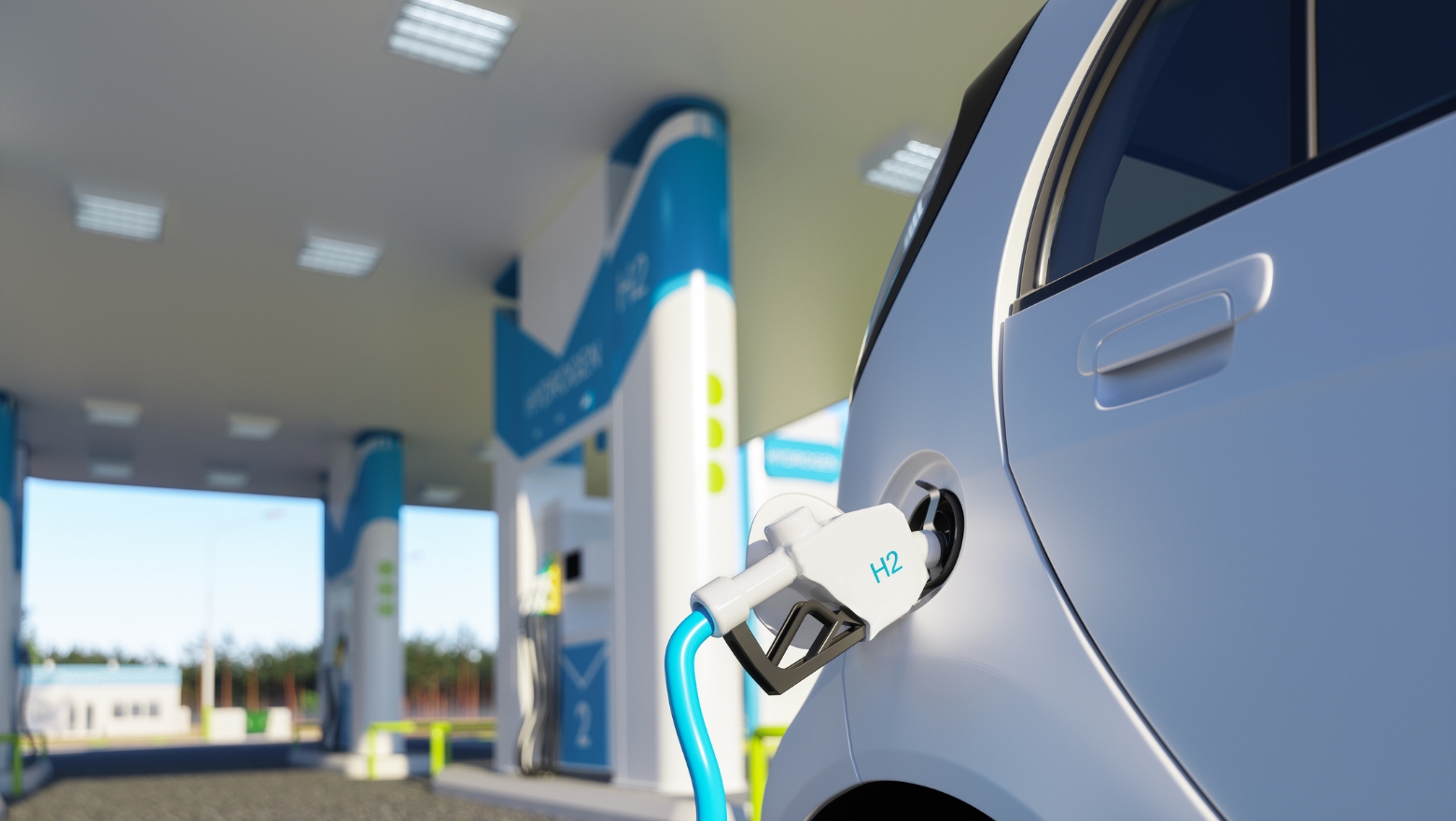
What is “CASE”?
【A deeper dive into the trends driving the automotive industry and their impact.】 Since the CASE concept was presented at the Paris Motor Show in 2016, it has been a critical focus for the future of the automotive industry. The automotive sector is touting CASE trends for bringing a once-in-a-century revolution to the automotive industry. These technological trends, which have a significant impact on the way automobiles are made and used, affect the entire automotive industry. Further, it is widely believed that the future of the automotive industry will be controlled by whoever can master CASE. This report will provide an overview of CASE—irrefutably the most indispensable trends for the future of the automotive industry. It will further give the background of the attention it has attracted and its impact on the automotive industry, parts manufacturers, and even materials.

What Are the Differences Between EV, PHV, FCV and HV Technologies?
【The advantages and disadvantages of each of the newest types of Electric Vehicle (EV) technologies】With the increasing impacts of global warming, electric vehicles are attracting consumers' attention. Classified into EV, PHV, FCV, and HV, each with different mechanisms, features, and benefits, this article explains the differences between electric vehicle technologies and the importance of materials that hold the key to further adoption.

Automotive Weight Reduction
【The latest trends of advanced material development that hold the key to vehicle light-weighting】Carbon emission reductions have become a worldwide focus as a countermeasure against global warming; thus, the shift to electric vehicles is rapidly advancing. Accordingly, engineers and designers focus on vehicle weight reduction to increase the cruising distance with less energy. A significant factor in weight reduction lies in material selection and the introduction of manufacturing methods suitable for those materials. This article discusses the latest trends in lightweight materials and the applicable manufacturing processes.

